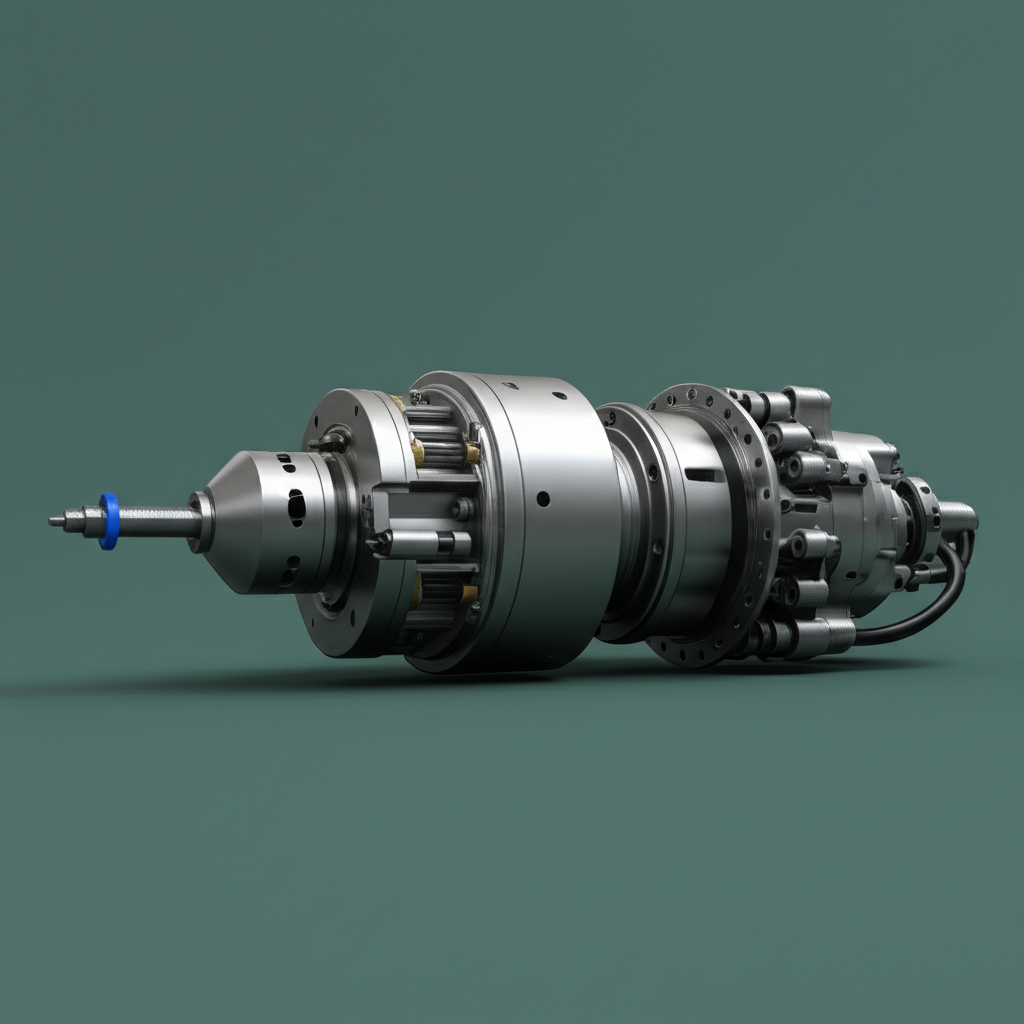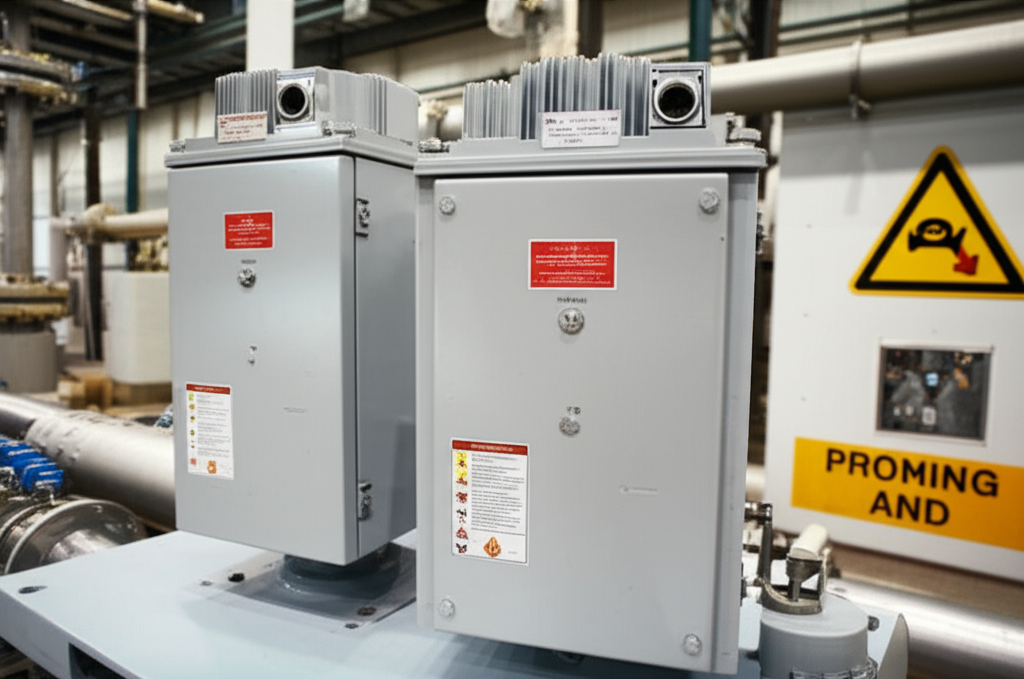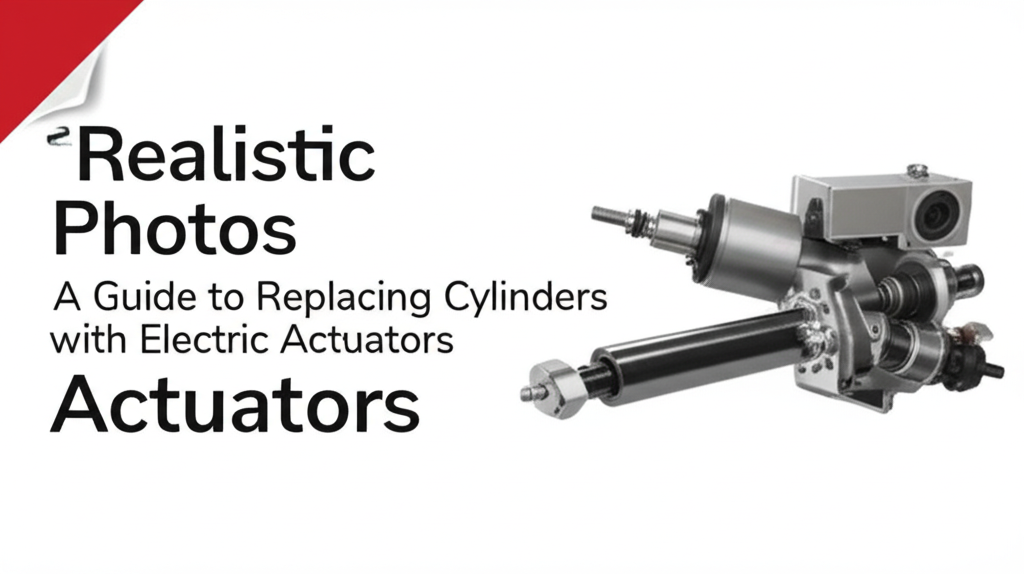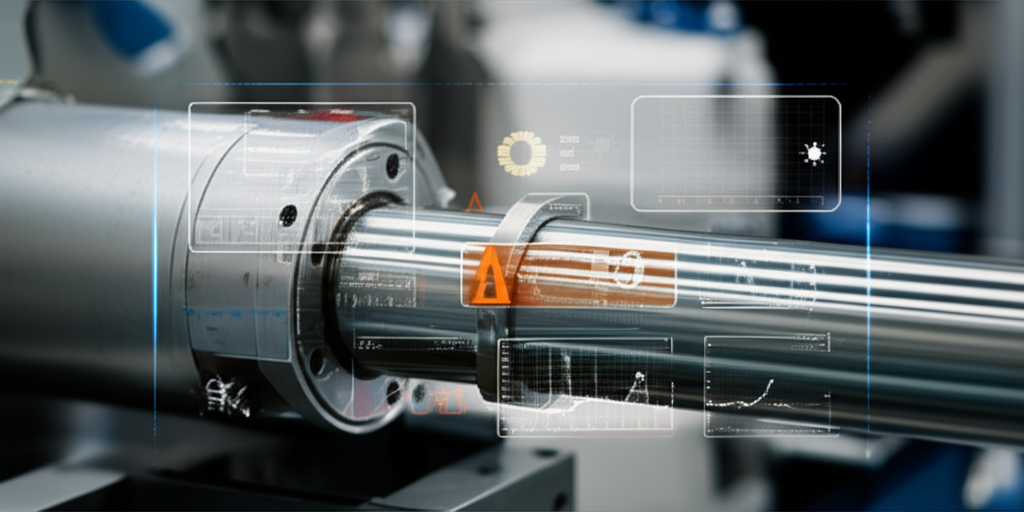Let’s talk about something special: the self-locking function in electric actuators. This may sound tricky, but it makes your machines safe, steady, and smart. At Jimi Technology Co., Ltd., we’re not just making actuators; we’re making life simpler and safer for everyone—at the touch of a button.
What is Self-Locking in an Electric Actuator?
An electric actuator moves things. It lifts, lowers, pushes, pulls, or tilts. But sometimes you want it to hold its spot—even when the power goes off.
That’s where self-locking comes in. A self-locking actuator stays put without needing to use any more power. This means the motor stops, but the load does not move. That’s called resisting backdriving forces.
Why is this good?
- The machine won’t drop your heavy load.
- It keeps things in place so you feel safe.
- It saves energy since the power can rest.
How Self-Locking Mechanisms Work
Self-locking actuators use smart designs. Let’s peek under the hood and see what makes them special:
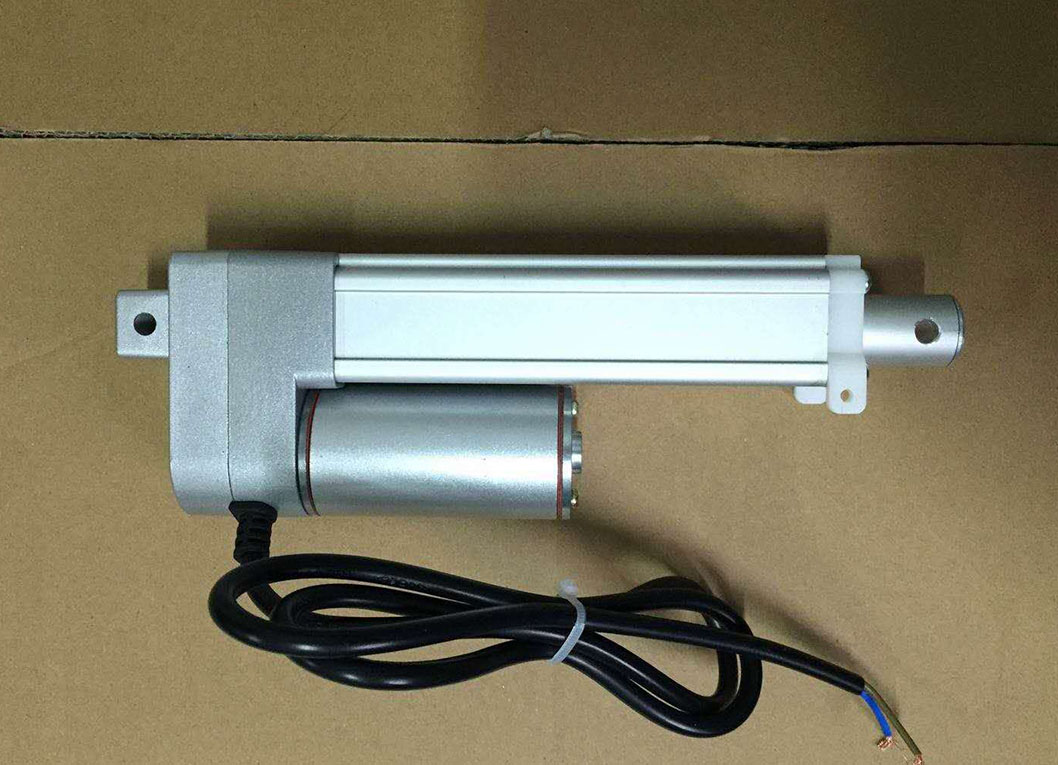
Mechanical Self-Locking
Worm Gear Drives
Worm gears are like magic. The worm (a spiral screw) turns a gear, but the gear can’t turn the worm. This makes the actuator non-backdrivable.
Think of it like a one-way door—it only opens one way.

High Reduction Gearboxes
Many actuators use gearboxes with lots of little gears. If the gears have a super high reduction ratio, it’s hard for the load to turn the gears back. Lots of friction means the actuator holds its place.
Lead Screws and Ball Screws
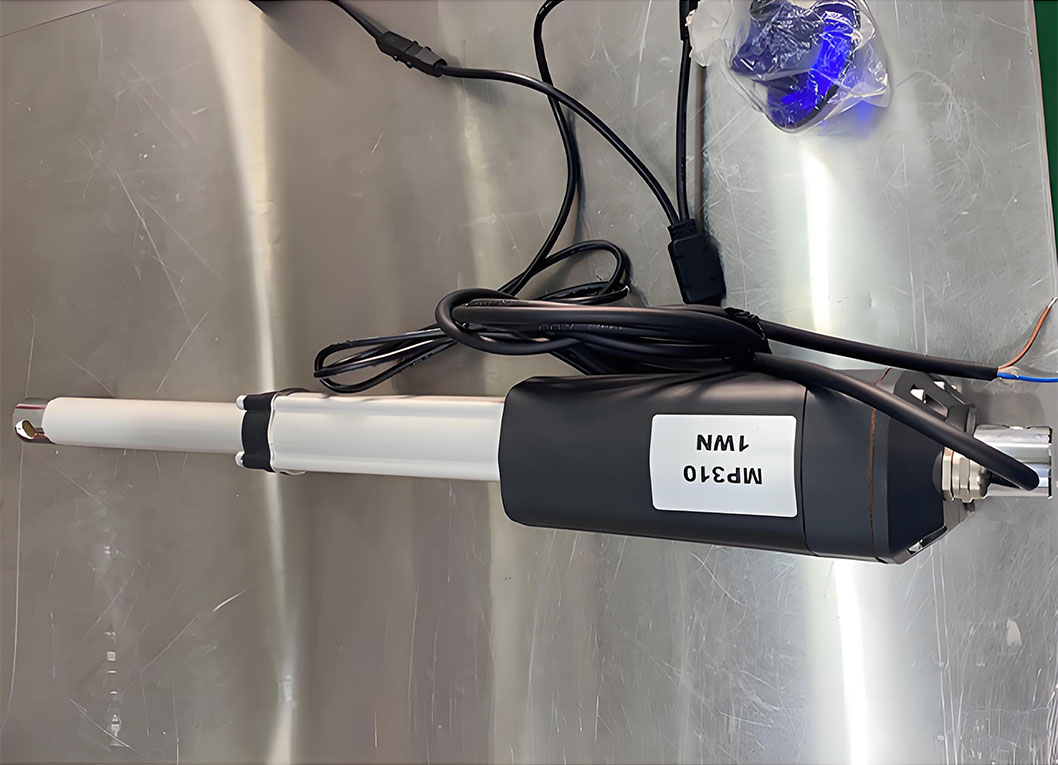
A lead screw with a shallow angle can hold steady; a steep one can slip. Ball screws can be smoother, but may not self-lock as well.
So, picking the right screw and gear mix is key.
Electromagnetic Brakes (Active Self-Locking)
Power-off brakes work like emergency brakes on a car. If power goes out, the brake grabs, and nothing moves.
This means extra safety, even if the gearbox doesn’t self-lock.
Why You Need Self-Locking Electric Actuators
Let’s look at why self-locking is a must for your machines:
- Enhanced Safety: Your bed, gate, or equipment won’t move when it shouldn’t.
- Energy Efficiency: No need to keep power running—that means lower bills!
- Stability & Precision: Your machine stays right where you put it—even if something pushes on it.
- Simple Design: No extra brakes or complex stuff needed.
- Fail-Safe Operation: If the power fails, the machine stays locked and safe.
The Trade-Offs: Points to Consider
Not every good thing comes easy. Self-locking actuators have some things you’ll want to think about:
- Reduced Efficiency: Worm gears and high friction can mean a little energy is lost as heat.
- Heat Generation: All that friction can make parts warm. Extra care is needed if you’re running fast or hard.
- Threshold Limits: There’s a point when a big heavy load can get past the self-locking. Know your max!
- Wear and Tear: More friction can mean more wear. Regular checks and lube help.
- Cost: Sometimes these parts cost a little more—but they can save money by getting rid of other parts.
Where Do You Find Self-Locking Actuators?
You see them everywhere!
Industry
- Conveyor stops in warehouses
- Material lifts and gates
- Medical beds
- Surgical tables
- Rehab gear for safety and comfort
- HVAC systems use them to hold damper or valve positions
- Panels stay put even when the wind blows
- Hatches that lock tight
- Adjustable desks and mounts
- Tools and machines hold position in the field
Hospitals and Clinics
Heating and Cooling
Solar Power
Boats and Offshore
Desks and Home
Farms
How Do You Pick the Right Self-Locking Actuator?
Think about your needs:
- Load Requirements: What is the heaviest thing you must hold?
- Duty & Speed: Running all day fast? Might need extra cooling.
- Space & Mounting: Will the actuator fit?
- Environment: Dusty, wet, or super clean? Look for high IP ratings!
- Control Compatibility: Tie into your current controllers.
- Budget: Save in one place, spend in another? Find the balance for your project.
Need help choosing? That’s why Jimi is here. As a trusted China Linear Actuator Manufacturer, our team helps you match requirements from safety features to actuator types and functions.
Real-World Impact: The Numbers Tell the Story
Here’s a look at how self-locking actuators stack up:
| Feature/Metric | Self-Locking Actuators | Non-Self-Locking (with Brake) |
|---|---|---|
| Load Holding | Excellent (holds position) | Good (needs emergency power) |
| Energy Use | Uses less (no power to hold) | Uses more (power to brake) |
| Safety | Very safe (fails locked) | Safe, but brake can fail |
| Position Accuracy | High | Moderate |
| Maintenance | Simple checks | Brake checks, more parts |
| Lifetime Cost | Lower (less wear, less power) | Can be high (brake wear) |
| Best For | Lifting heavy loads, safety | Light loads, short stop times |
Care Tips for Your Self-Locking Actuators
To keep everything moving smooth and safe:
- Check for wear and tightness often.
- Keep things lubed (if needed).
- Listen for odd noises or heat.
- Test your brake if your model has one.
A little care goes a long way. Want specific ideas for your environment? See our Industrial Linear Actuators page for tips.
Why Jimi? Your Path to Safer, Smarter Automation
Jimi Technology Co., Ltd. is your guide in a world of motion. Here’s what sets us apart:
- Experience: We are experts in both electric actuators and automation.
- Expertise: From rotary actuators to advanced linear motion, our solutions fit your exact need.
- Trust: We have ISO standards, CE marking, UL certification, and more, ensuring top quality.
- Top Manufacturing: Our actuators use the best worm gear, gear train, and gearbox for safety and performance.
- Support: You get full help, from sizing to maintenance to troubleshooting.
Need something special? We offer custom self-locking actuators for any use and support OEM self-locking components.
For expert picks, visit Electric Linear Actuators or learn about High-Speed Linear Actuators for projects needing quick moves and precision positioning.
Wrapping It Up: Choose Self-Locking for Safety and Peace of Mind
Self-locking actuators hold your world steady. They keep beds safe, loads secure, and panels in place.
When every second, every move counts, you need a product you can count on.
At Jimi, we build that trust into everything—from our design tables to your final product—because safety, simplicity, and support make all the difference.
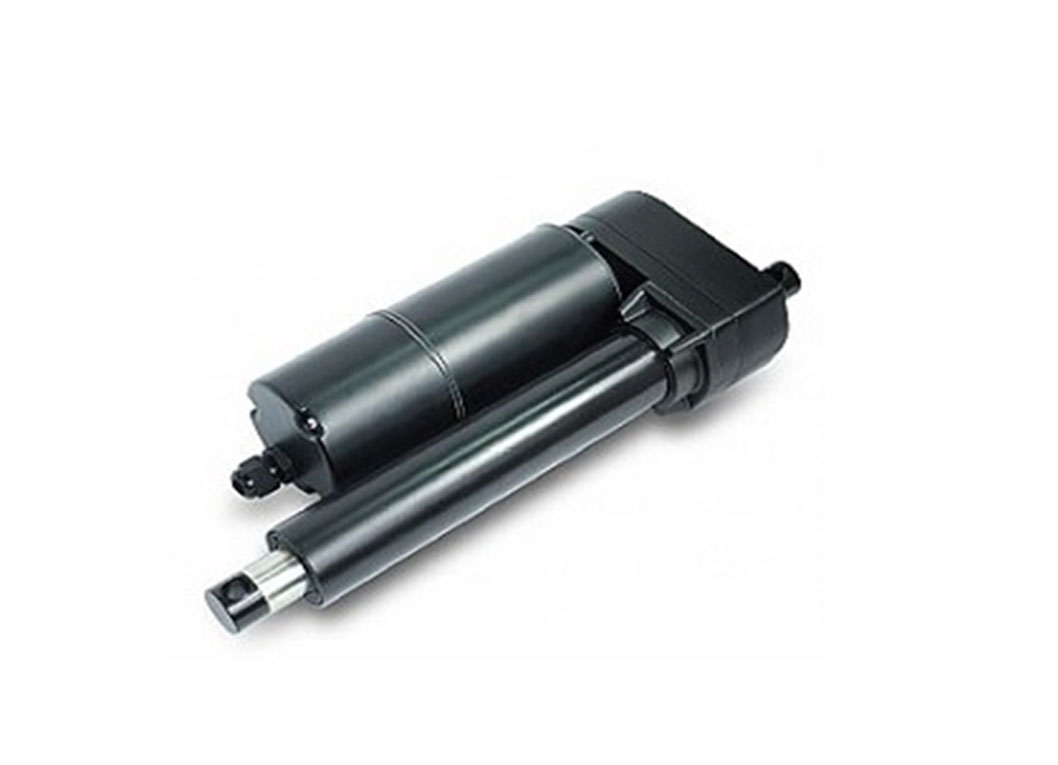
Want help picking the best actuator for your job? We’re only a click away. Bring us the load, the limits, or even your toughest motion challenges. Jimi turns your hardest tasks into simple solutions.
References:
- Jimi Technology technical standards, calibration certificates, and ISO compliance documents.
- "Encyclopedia of Actuators," Eds. M. Yaghoubi & T. Lee, 2022, pp. 112-150.
- “Gear Drives and Self-Locking Mechanisms,” Machine Design Journal, Vol. 99, 2023, p. 45.
For more about self-locking and the future of smart automation, see our China Electric Cylinder Factory, your home for heavy-duty electric cylinders and energy-saving innovations.
Let Jimi help you put the power of self-locking actuators to work—safely, smoothly, and smartly.




